It’s easy, having ideas. Carrying them out is more challenging. This was the direction of my thinking at 6am on a Sunday morning in March, when I pitched up at the London address of Mr Stan Papior, master photographer, to drive with him to Geneva for the annual car show, one of the better dates in the motoring year.
Our transport? A 1976 Ford Fiesta.
It wasn’t the novelty of the trip that created my concerns that morning. We’ve both driven the route many times – me most notably years ago in a 1912 Ford Model T. On that occasion, we took a leisurely three days to cover the 600 miles to the Swiss capital – and enjoyed it so much that as our destination drew near, we slowed so as not to end it.
No, my concern this time was the tightness of our schedule versus the Mk1 Fiesta’s capabilities. We needed to complete the trip in one long day of driving and this little car had just 45bhp from a 957cc four-pot engine under its bonnet. Its four-speed gearbox had an ultra-short top gear, which meant even when doing 65-70mph it had to sing for its supper. It rolled on 13in steel wheels and puny 145-section tyres. Its top speed was quoted at just over 80mph and its 0-60mph time at 17.8sec – but both were optimistic in the accepted way of ‘claimed’ manufacturers’ figures back in the day.
In any case, the car would have to cope with the non-standard weight of two blokes (one regular, one large) plus quite a bit of luggage and camera gear. There was no getting around it: it was slow.
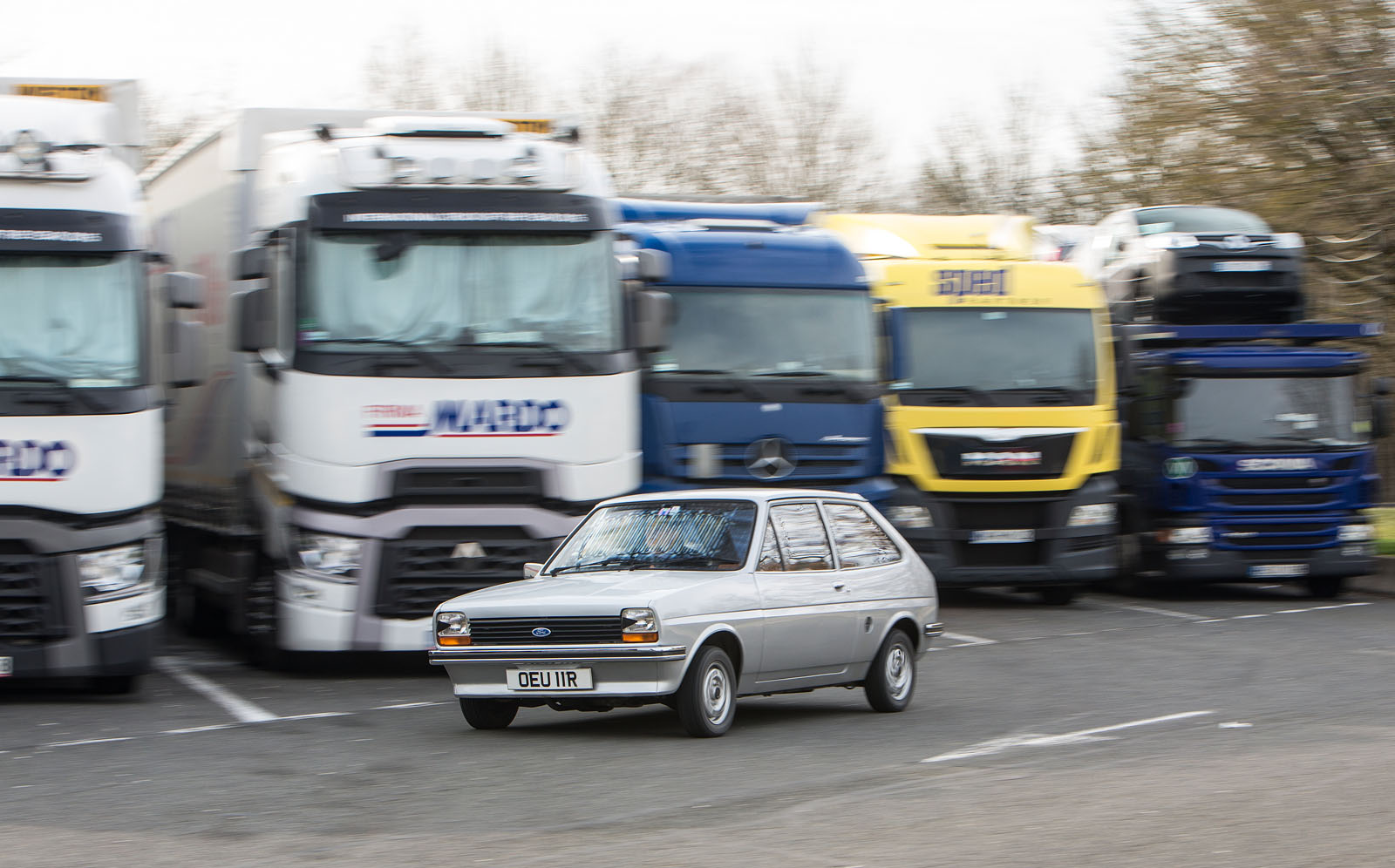
Yet it was that fondly remembered Model T trip that had helped to inspire this project. That journey had been to mark a minor Ford anniversary. This year there was a much bigger one.
While cogitating over Christmas, I’d realised that it would soon be 40 years since the Fiesta was launched. More than a mere birthday, this would be an important moment for the entire European motor industry. In the handful of years before 1976, car makers had been busy discovering those affordable, capable, simple yet sophisticated, front-wheel-drive, hatchback-equipped cars soon to be known as superminis.
Fiat had been early with the 127, and Renault with the R5, but when mighty Ford confirmed the importance of the trend with its pretty but simple Fiesta, it meant every serious car maker would need a model like this. Nowadays, one in every three cars sold globally is a supermini.
What made the new Fiesta even better was that it had been born at the Ghia design house in Italy. A prolific American-Dutch designer called Tom Tjaarda, who normally deployed his talents creating bigger-note cars such as the De Tomaso Pantera, had built an influential concept in Italy in 1972, which Ford’s production engineers had faithfully turned it into a baby hatchback that anyone could afford to own without spoiling its purity or simplicity.
All of which fed the question that had been burning in my consciousness since Christmas: why didn’t we beg or borrow a first-gen Fiesta – an entry-level 957cc version – and drive it to Geneva to get a taste of life back then? Maybe we could come back the other way in a modern Fiesta Ecoboost 1.0-litre triple. It suddenly seemed weird that in Geneva we’d be meeting people who late this year would be bringing a seventh-generation Fiesta into the world but couldn’t yet say a word about it.
Anyway, it was still early that morning in London, and cold, but suddenly the prospect of driving across France in such an important little car seemed enticing over again.
We were exceptionally lucky with the car we borrowed. Ford had a genuine 1976 edition with only 40,000 miles on the clock. It had been nurtured in Ford’s Heritage Collection, living in a big garage in Dagenham not far from where its peers were made in tens of thousands. It was unmarked, and conventionally coloured in a kind of period bronzey beige, but the dominating feature was inside: a set of seats in orange tartan. We loaded Stan’s stuff, started the engine, popped the clutch and drove away.
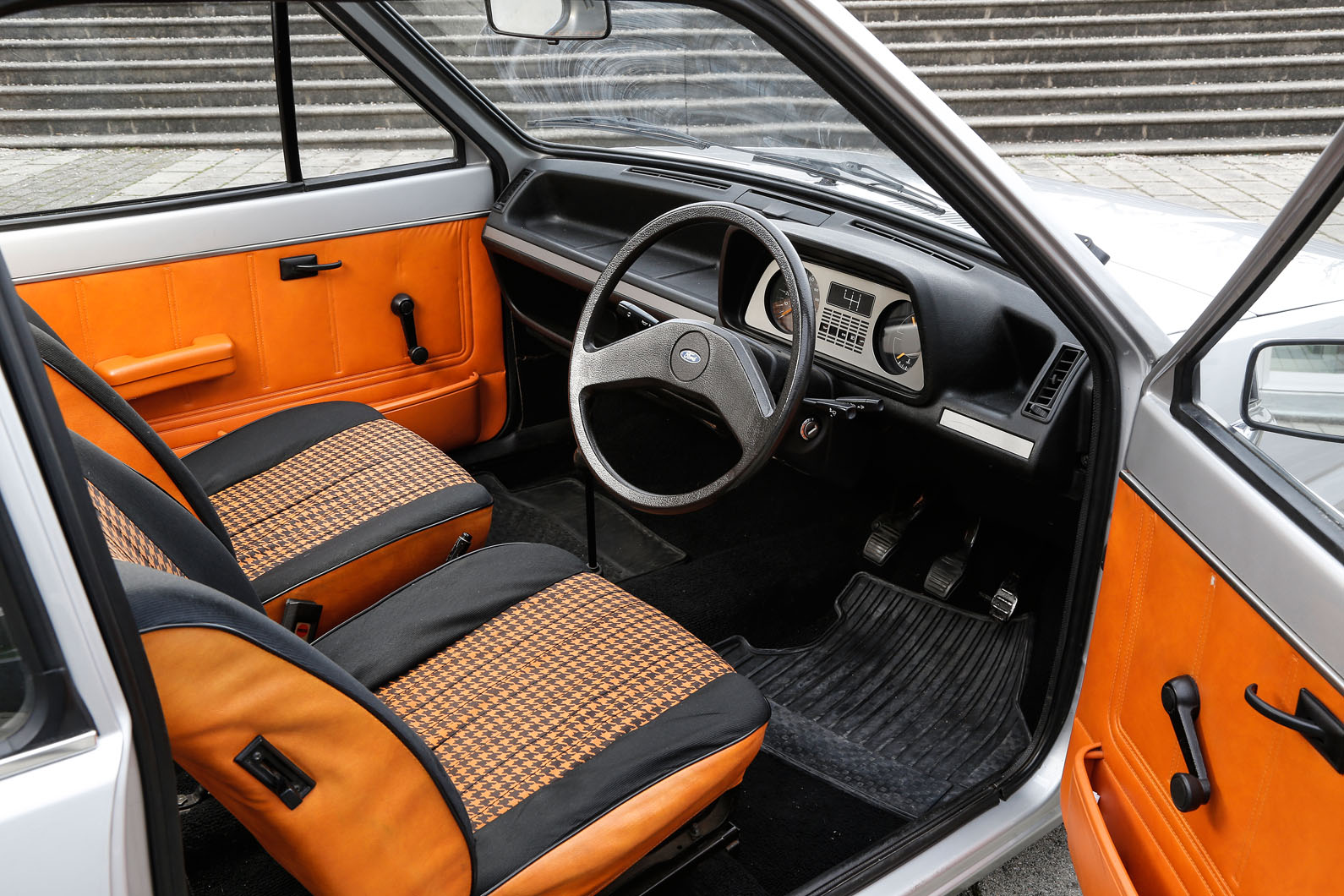
Thinking back, I've made this sound too simple. I’d clean forgotten the rigmarole of cranking a cold engine, then realising you needed to choke it, then pulling the knob way out, and then having it fire untidily on a hopelessly rich mixture, taking an age to run evenly, let alone properly, while a swirl of unburned petrol hung in the air and your nostrils. If you want a snapshot of how electronics have changed cars, drive a 1970s classic today.
Through London, we made a series of heartening discoveries. First, the car was tiny and very light (750kg claimed), about the size of the first Ford Ka launched 20 years later. It fitted everywhere and turned on 20-pence piece. Second, it rode perfectly well, tiny wheels and all. Third, the unassisted steering was accurate and light (if a bit wooden) and road noise was low, mostly.
We were out of London and on the M20 heading for the Channel Tunnel in no more time than you’d expect, which is often the way with old cars. In speedy moderns, it’s surprising how rarely you can deploy your advantage. Modern motoring is so often more about effortlessness than rapid journey times. Mind you, Google Maps was forecasting this trip at 596 miles and 10 hours – and I was pretty sure we’d be a couple behind that even if the car kept running right.
Still, soon we were at the tunnel terminal, then through it, then rolling at a stately 69mph on the sat-nav (72-73mph indicated) along the A26’s sunny plains, which have always represented freedom to me, for one reason because of their fine surface and lightness of traffic but also – if it doesn’t sound too sentimental – because this is where our great-grandfathers died for freedom. The stretch that passes Bethune on one side and Arras on the other is especially poignant.
You do lots of steady-state driving in France, so choosing your cruising speed in a car like this is important. I estimated the overall top gearing at around 16.5mph per 1000rpm – ridiculously short in this day and age but correct if you have only 50lb ft at 3700rpm to deploy. Four-cylinder engines, especially of this era, have clear vibration periods – a small one around 2500rpm and a more obvious one at 4000rpm. Given that maximum power is made at 5750rpm, I decided 4500rpm was enough for day-long use of a 40-year-old car, so we accelerated just a bit beyond the second vibe period and kept it at that. Thus 69mph was the answer.
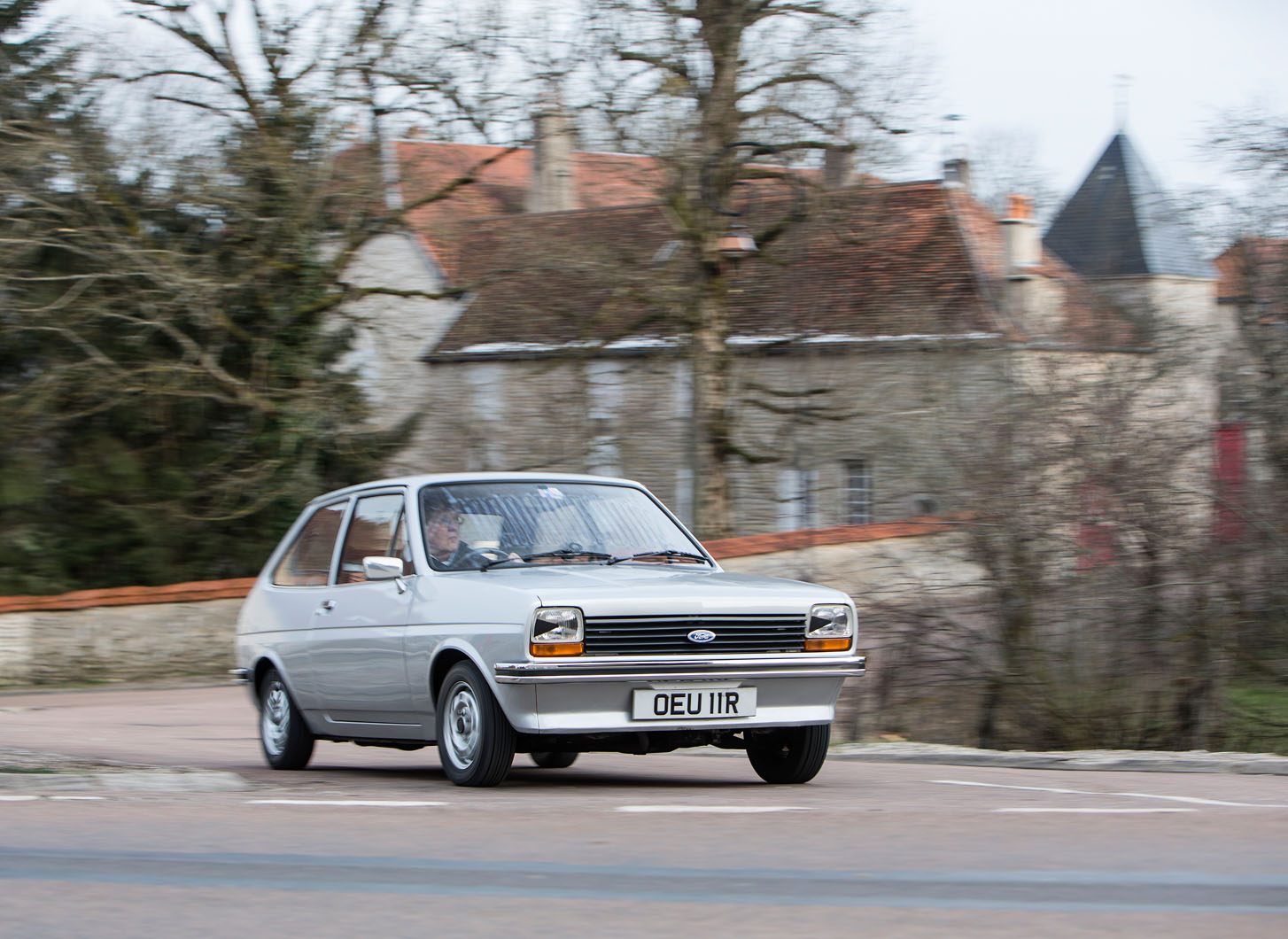
We sustained it all morning and into the afternoon, chatting, watching the world and their cars and learning to trust the little car’s reliability. It seemed to run better with the miles, as older cars usually will. We topped up with juice at about 230 miles and then at 450, returning only 40mpg, which you’d get – and more – from a heavier, fleeter Fiesta Ecoboost 1.0 today.
The right rear tyre blew without warning near Chalon-sur-Saône, about 50 miles short of the easterly turn at Macon, where the A40 starts to carry you towards the Alps and Geneva. It was a proper bang, not just a fast deflation, but there was no fractured sidewall or hole in the tread, just a completely broken bead. And it wasn’t hot. A mystery. The car stopped straight and we changed to the spare in minutes, proceeding with caution for a while. But that was the only problem. The car didn’t even use any oil or water.
On the flats before you climb up and then descend into Geneva, we did the obligatory top speed run. You have to, don’t you, especially when the road tests say it’s only 79mph (as opposed to the ‘claimed’ 83mph). In still conditions, on our best estimate of a flat surface, it did… 79mph. Congrats to the road testers of yesteryear.
We rolled into Geneva, to the Hotel President Wilson beside the lake, after 12.2 hours – an average speed, including stops (few and fast), of 48.8mph. To tell you the truth, it was easy. All you need is a good companion, a reliable car that’ll cruise at nearly 70mph and an open road. Comfort? We were a bit stiff but nothing disastrous.
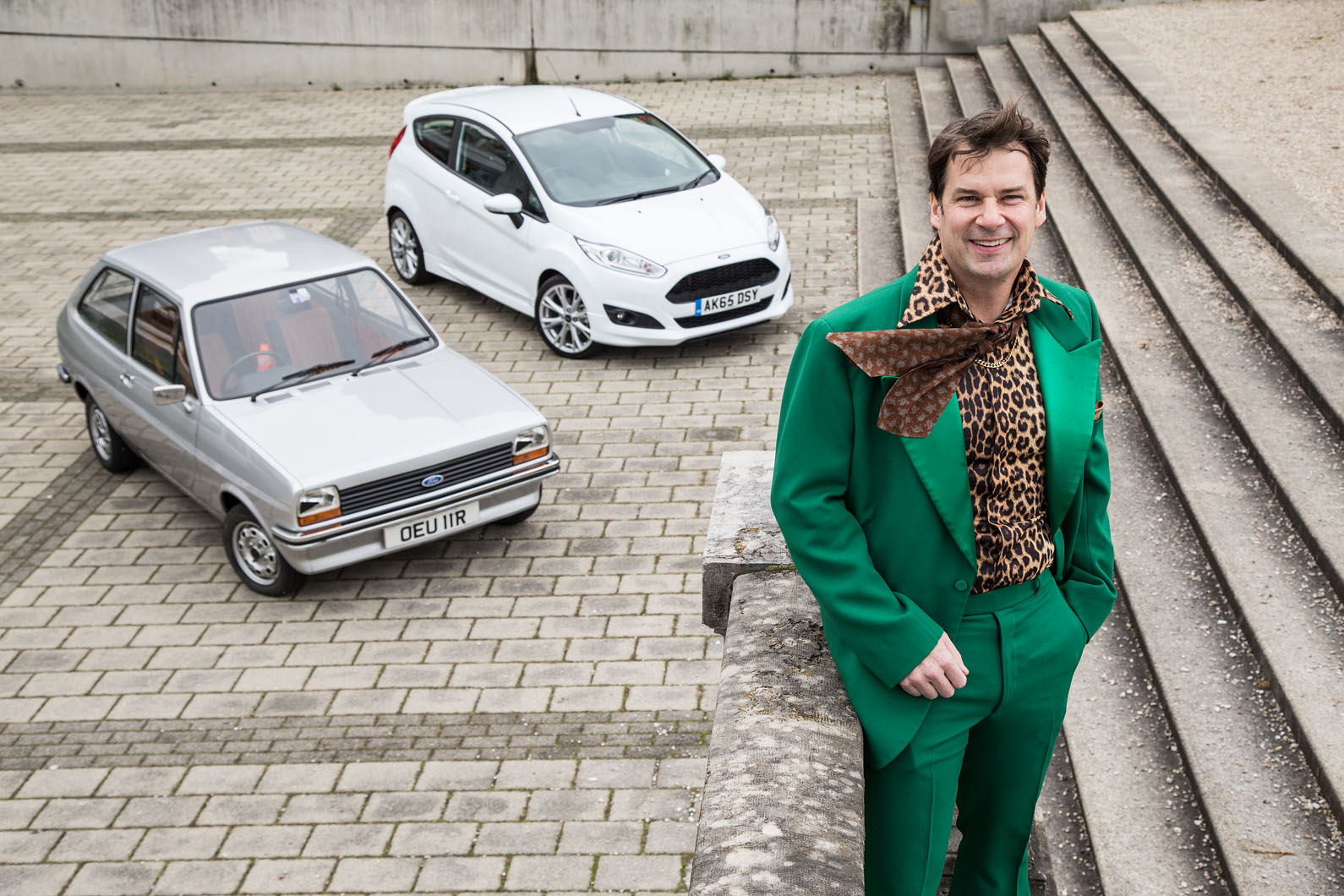
Next day we were met by Ford’s European chief, Jim Farley, who entered into the spirit of the thing by greeting us and posing for photographs in an amazing 1970s bottle-green suit. Then it was showtime: the blizzard of launches and news announcements that come with a Geneva show.
The next day we drove home to the UK in a new Fiesta 1.0. Sure, it was easier, plus more capable and luxurious, but it still took 11 hours. It’s a fine car, the latest Fiesta, but in no way does it shame its ancient relative. In fact, whenever I drive that latest model in future, I’ll be thinking how well that original ancestor did its job.

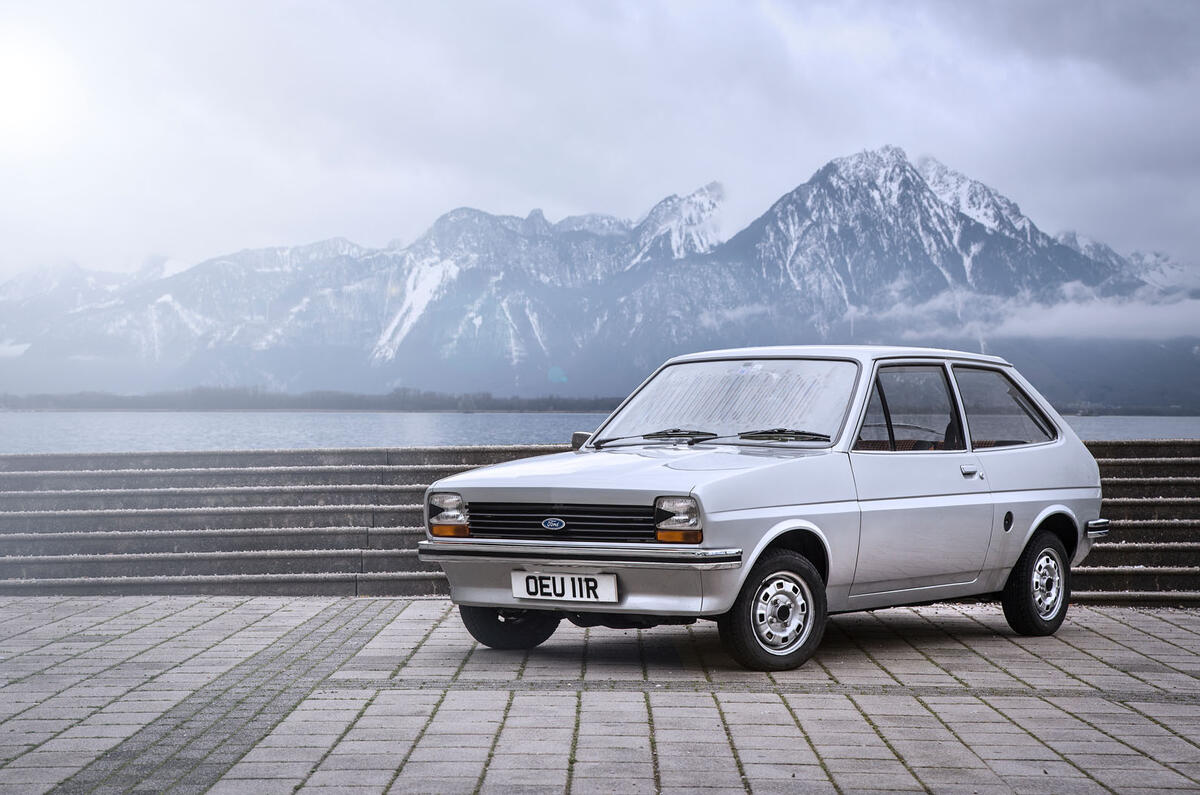
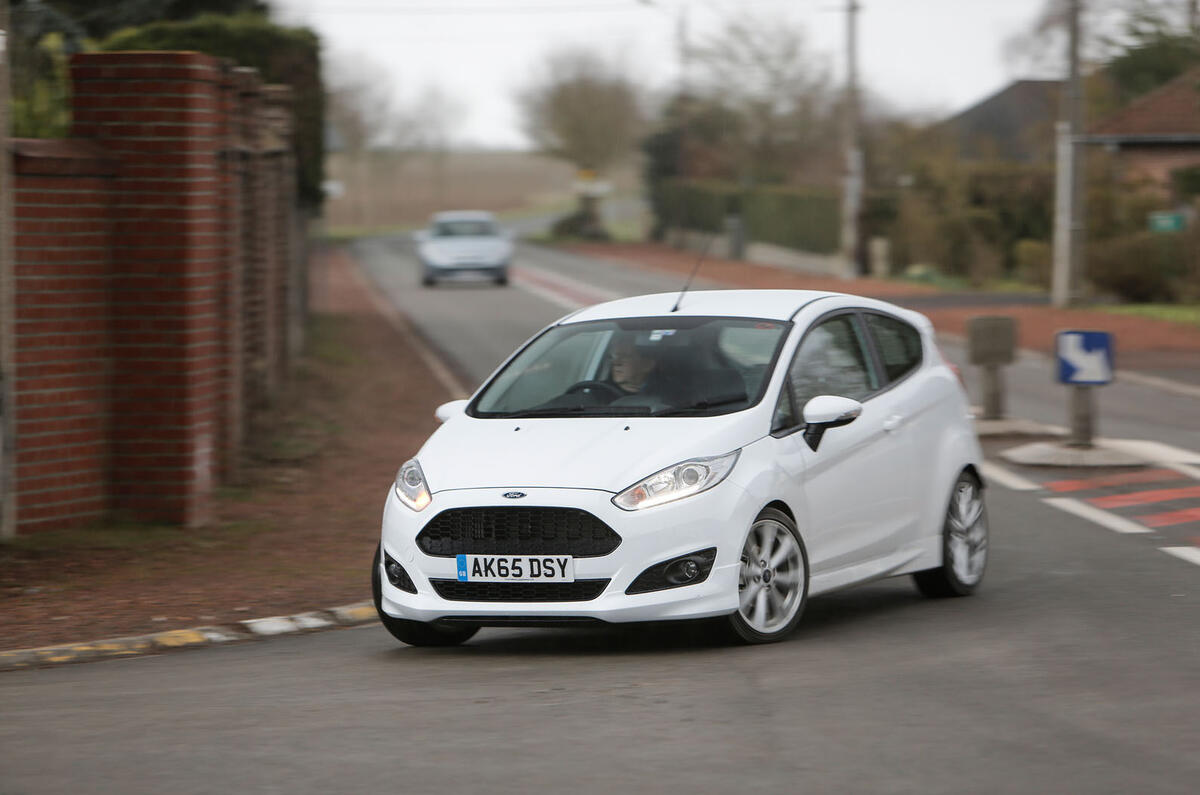
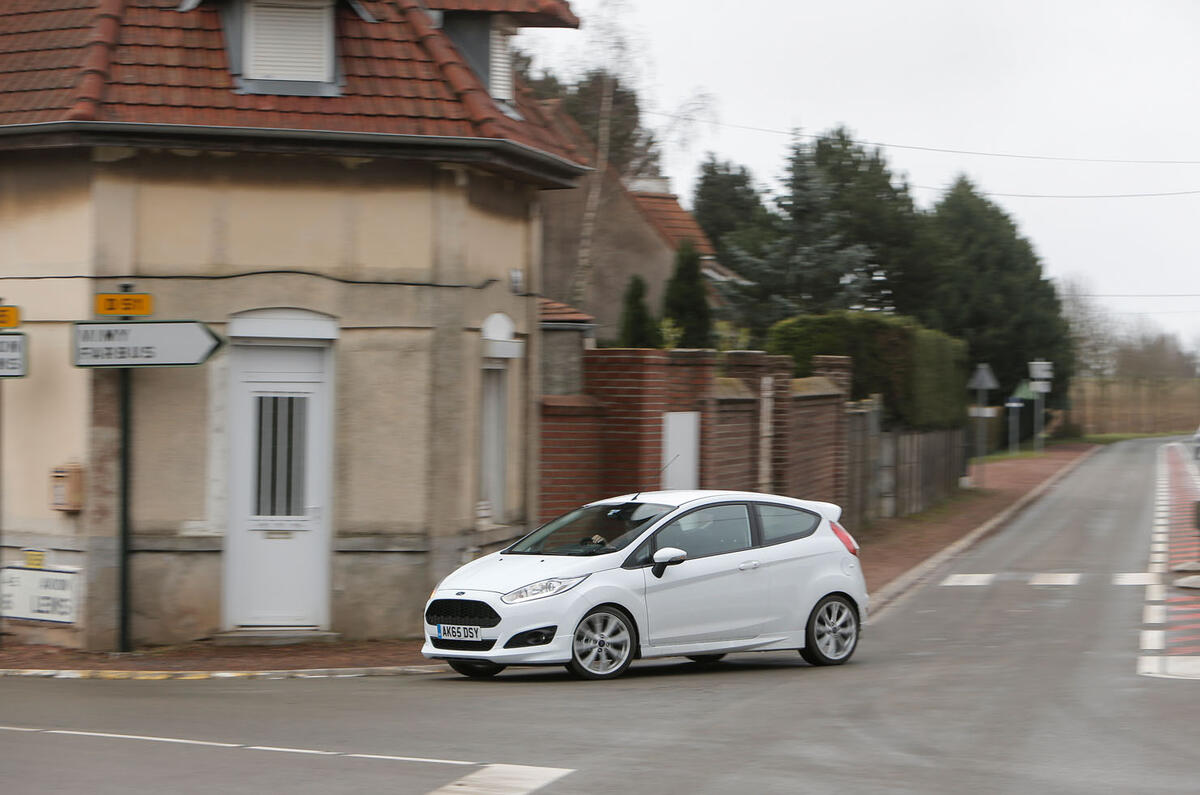
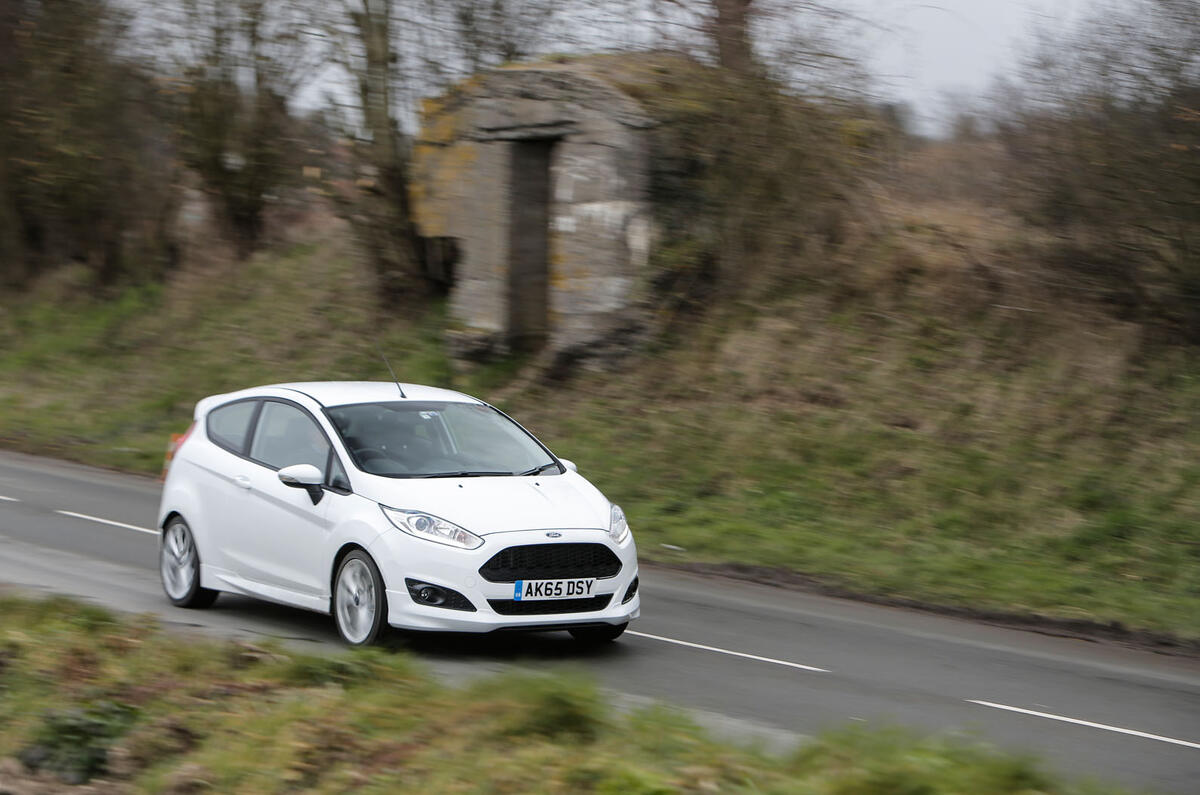
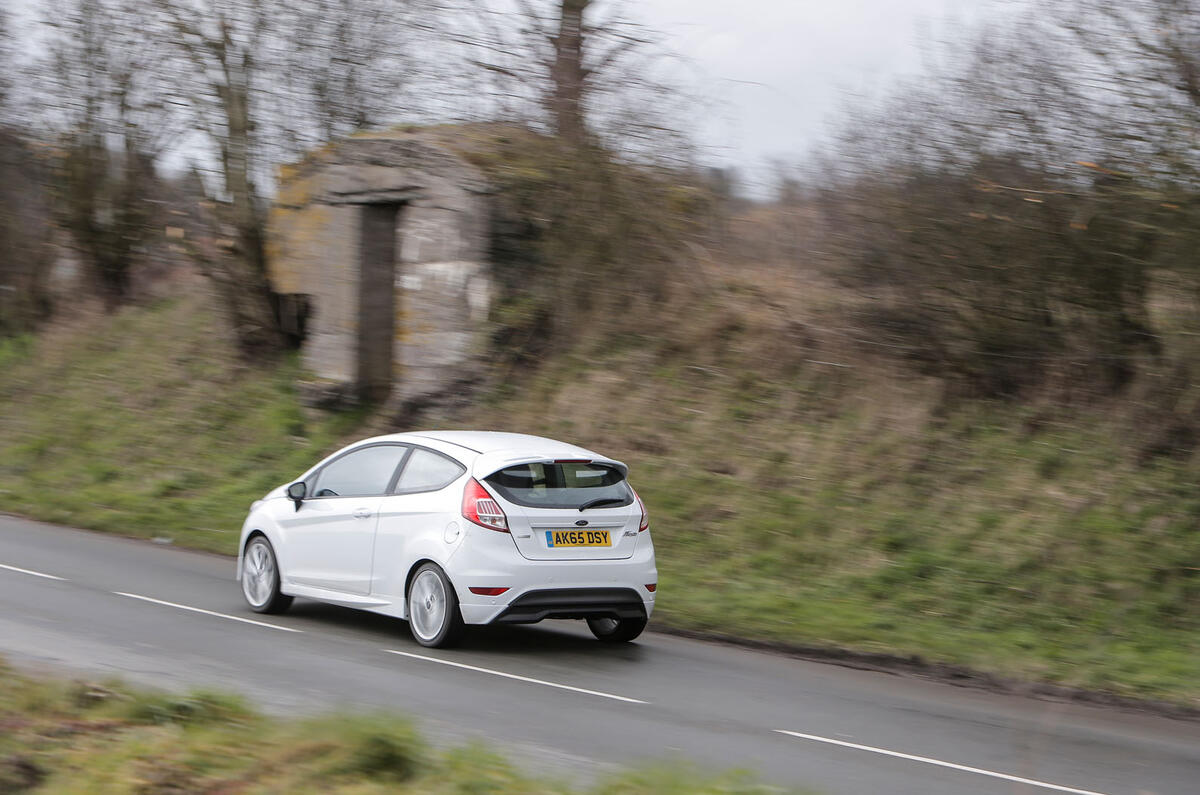
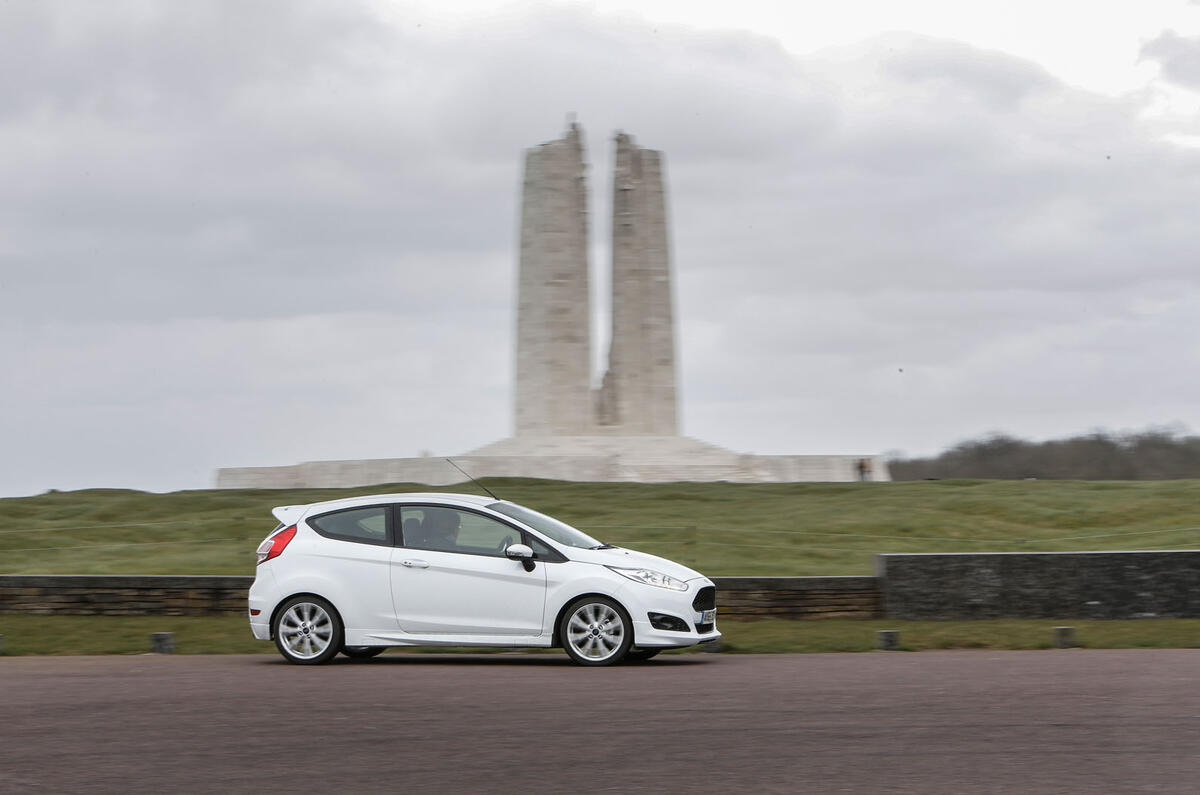
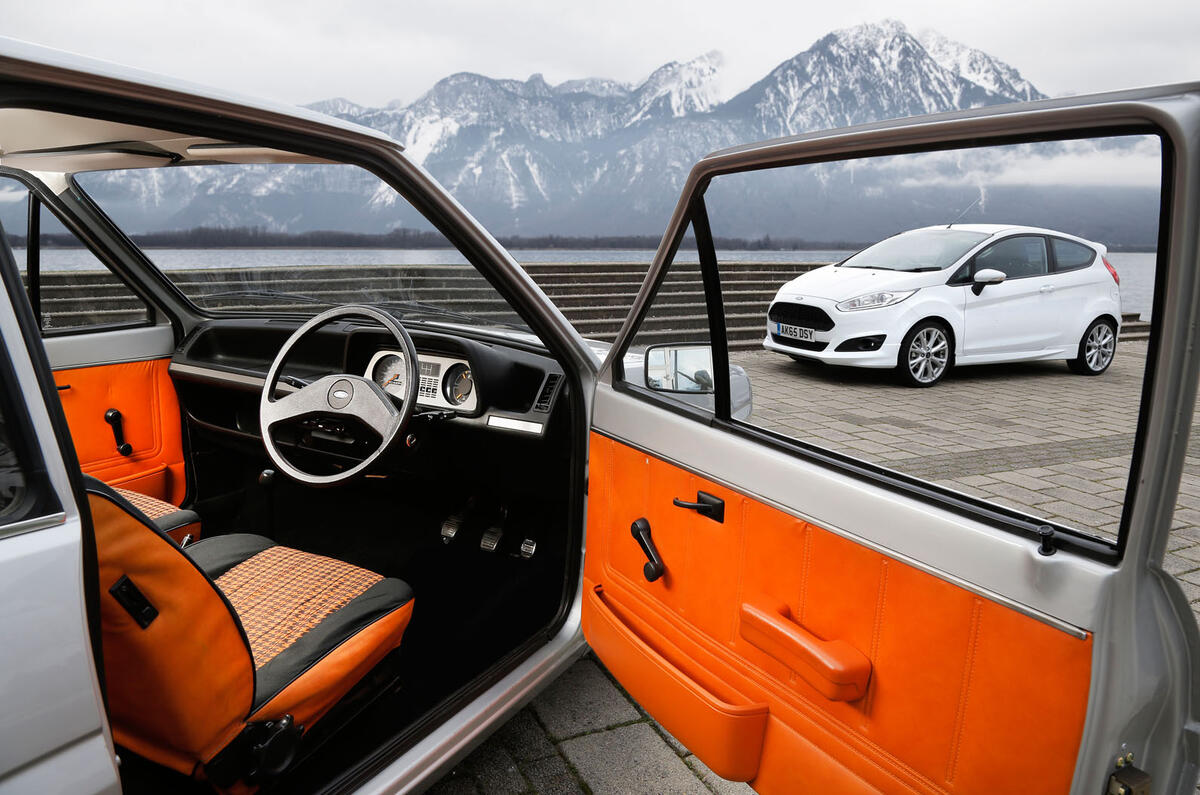
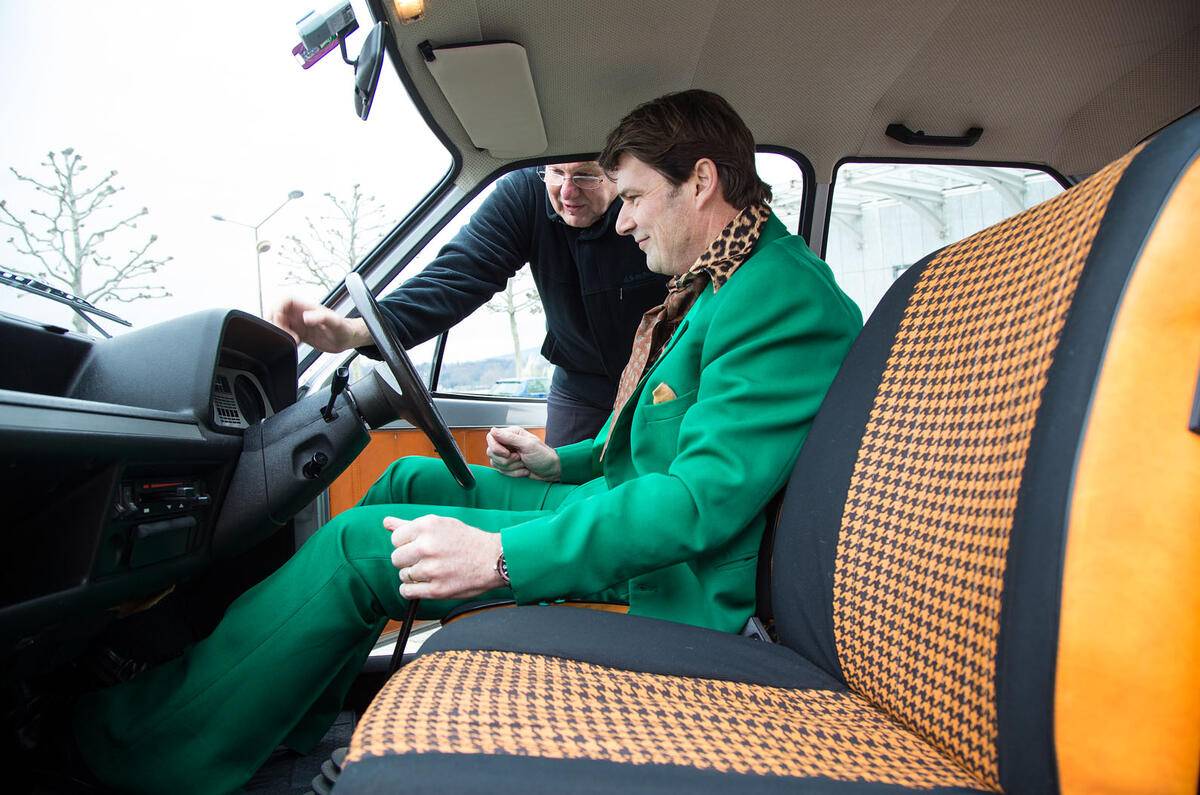
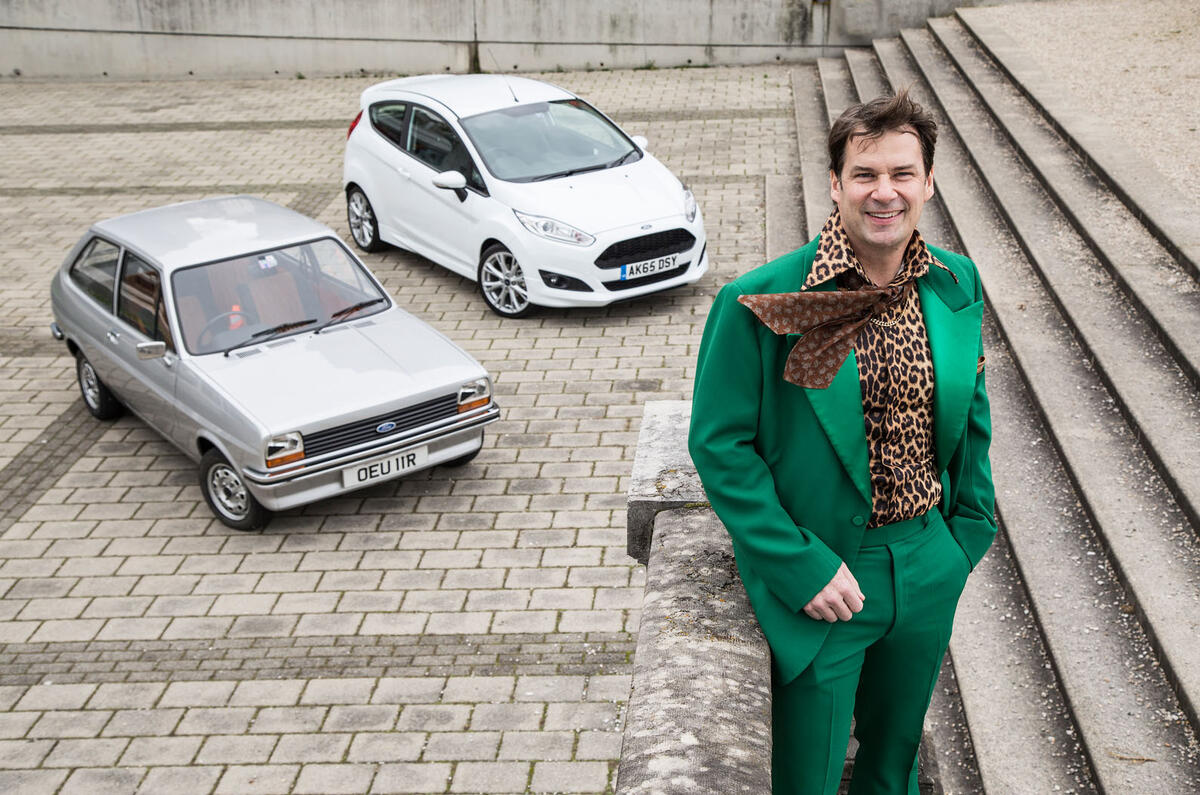
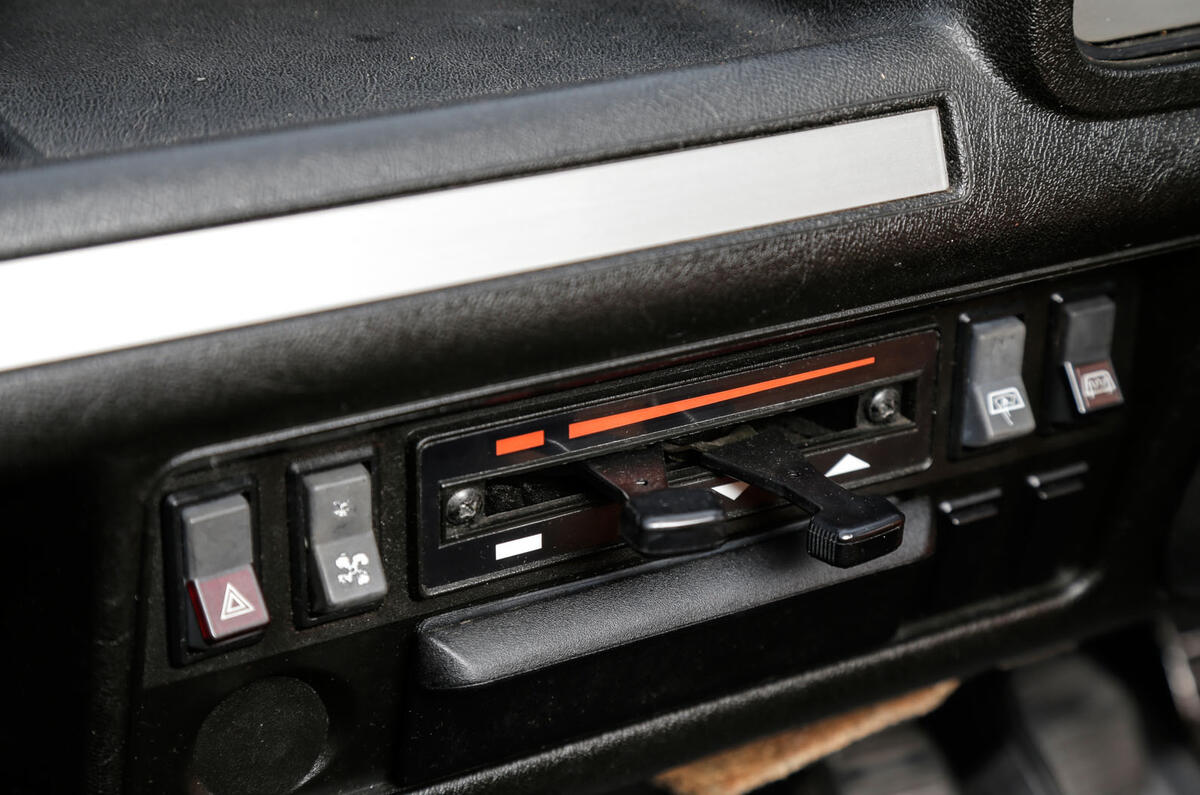
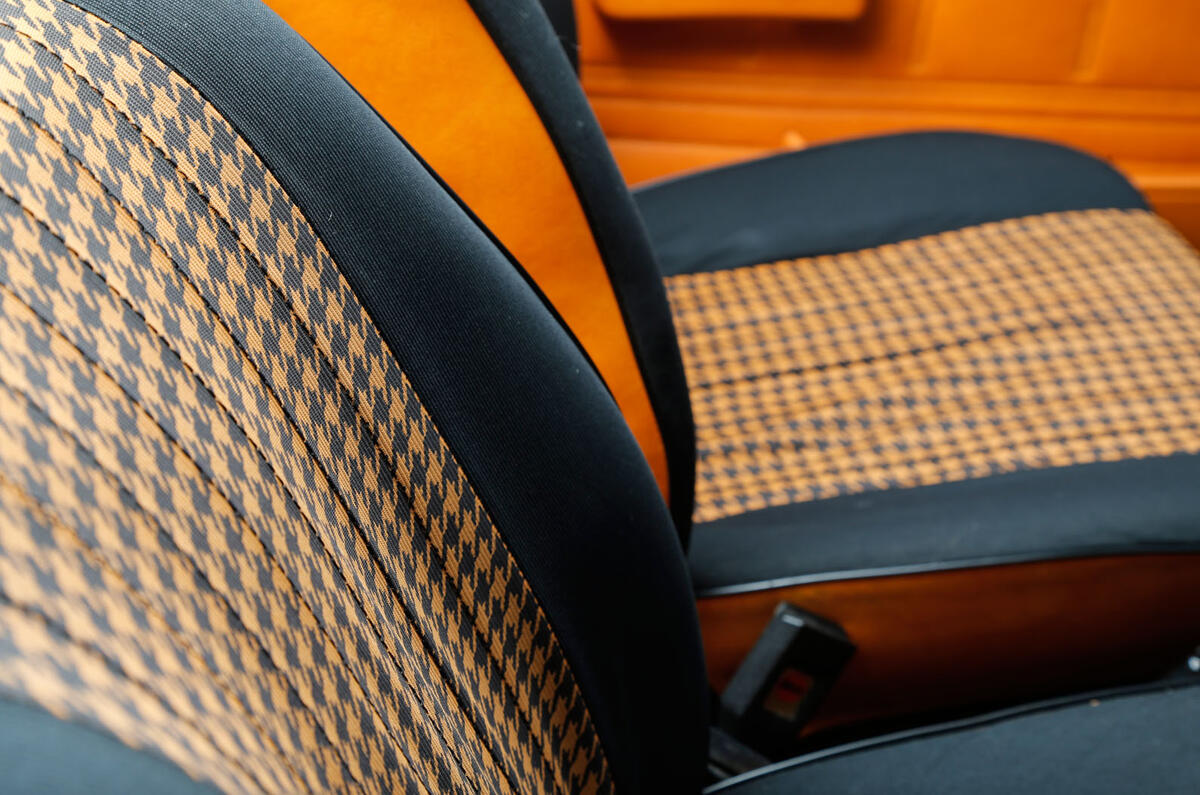
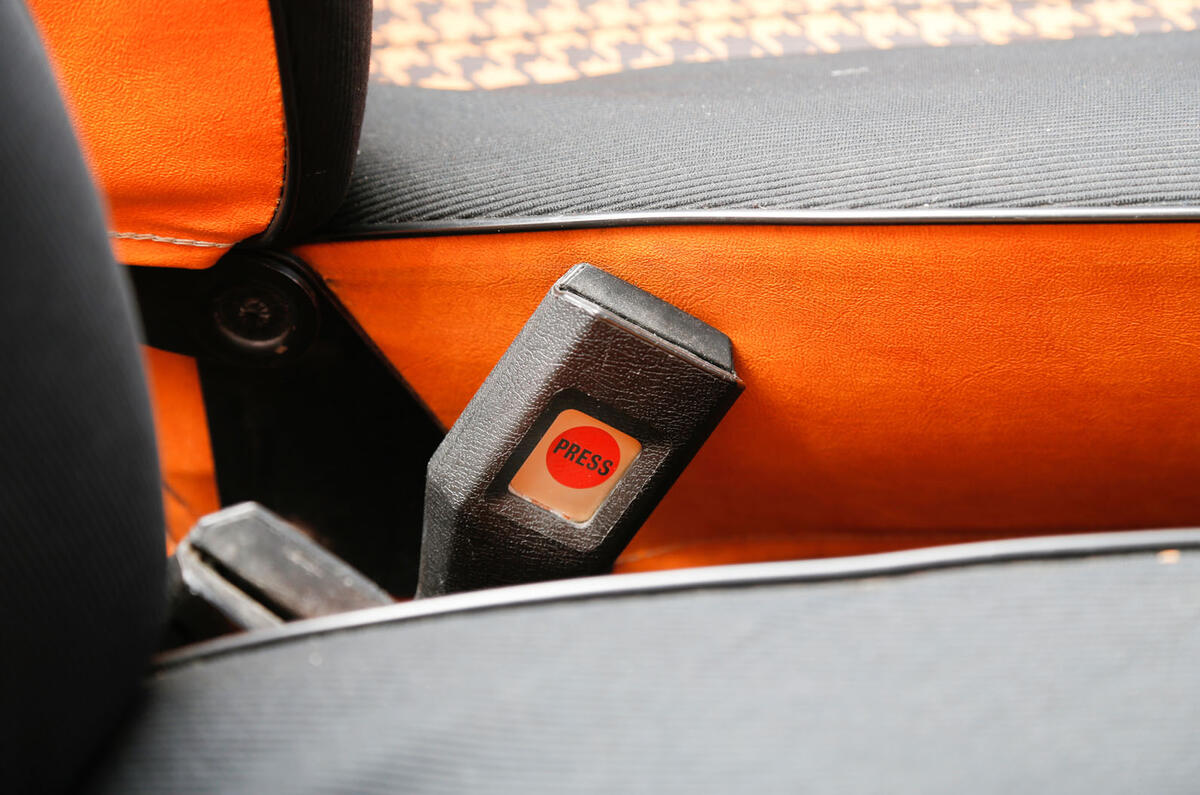

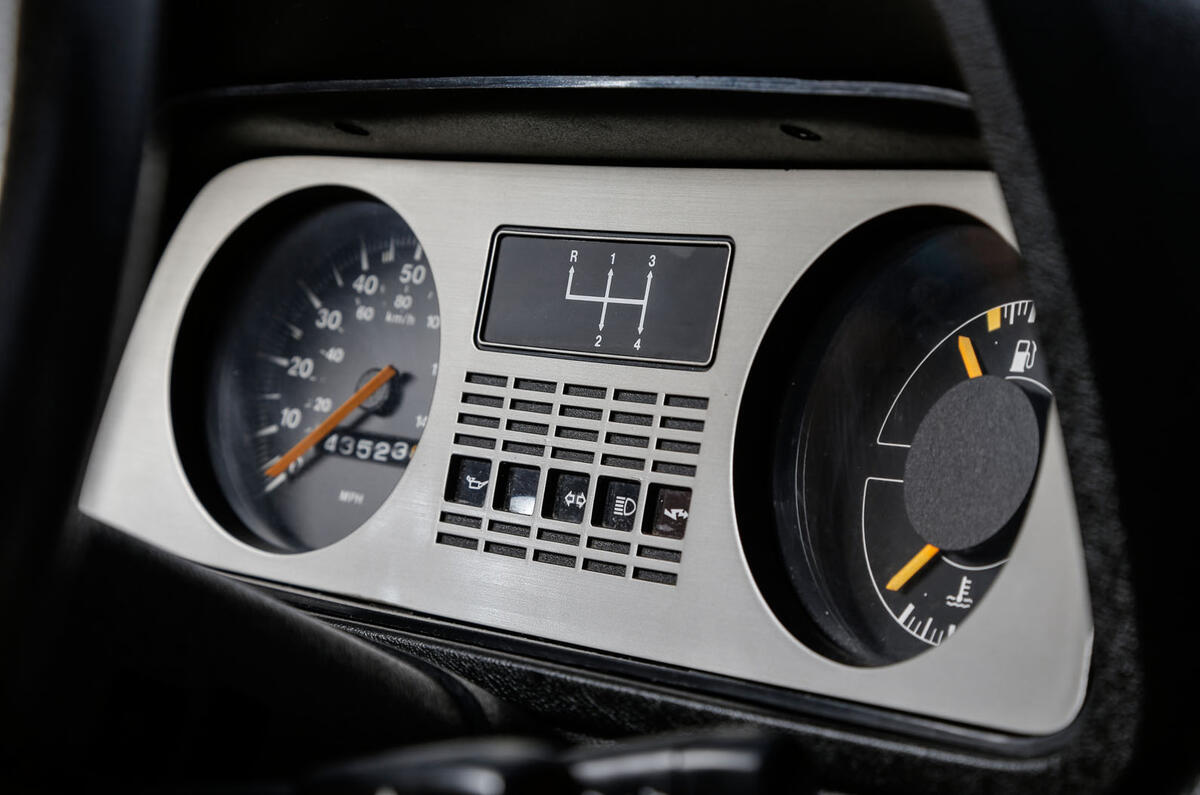
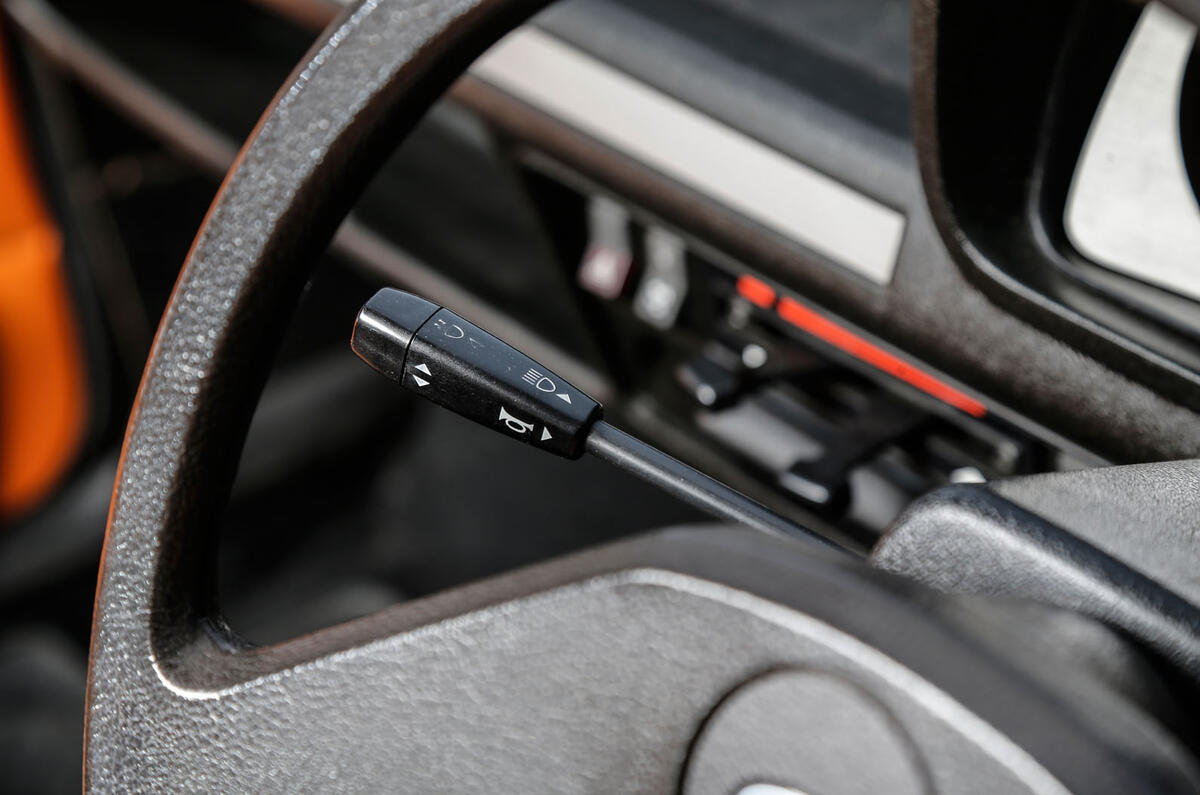
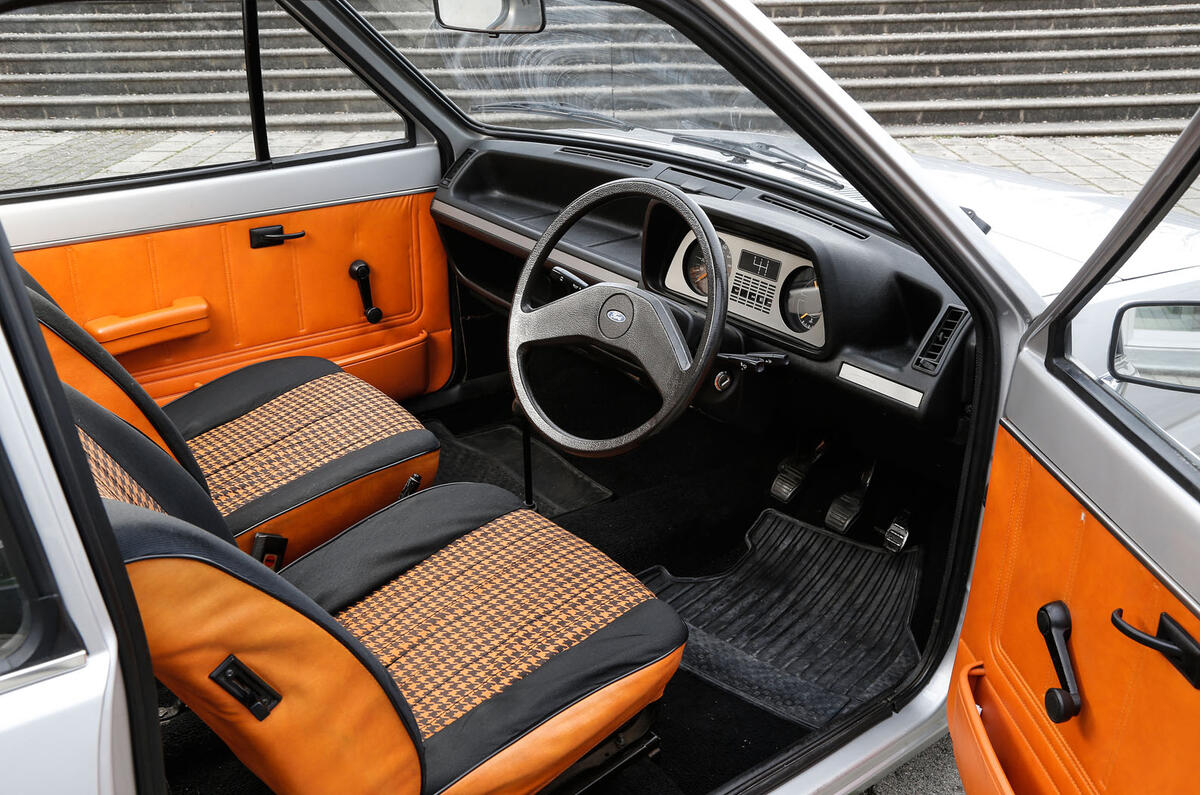
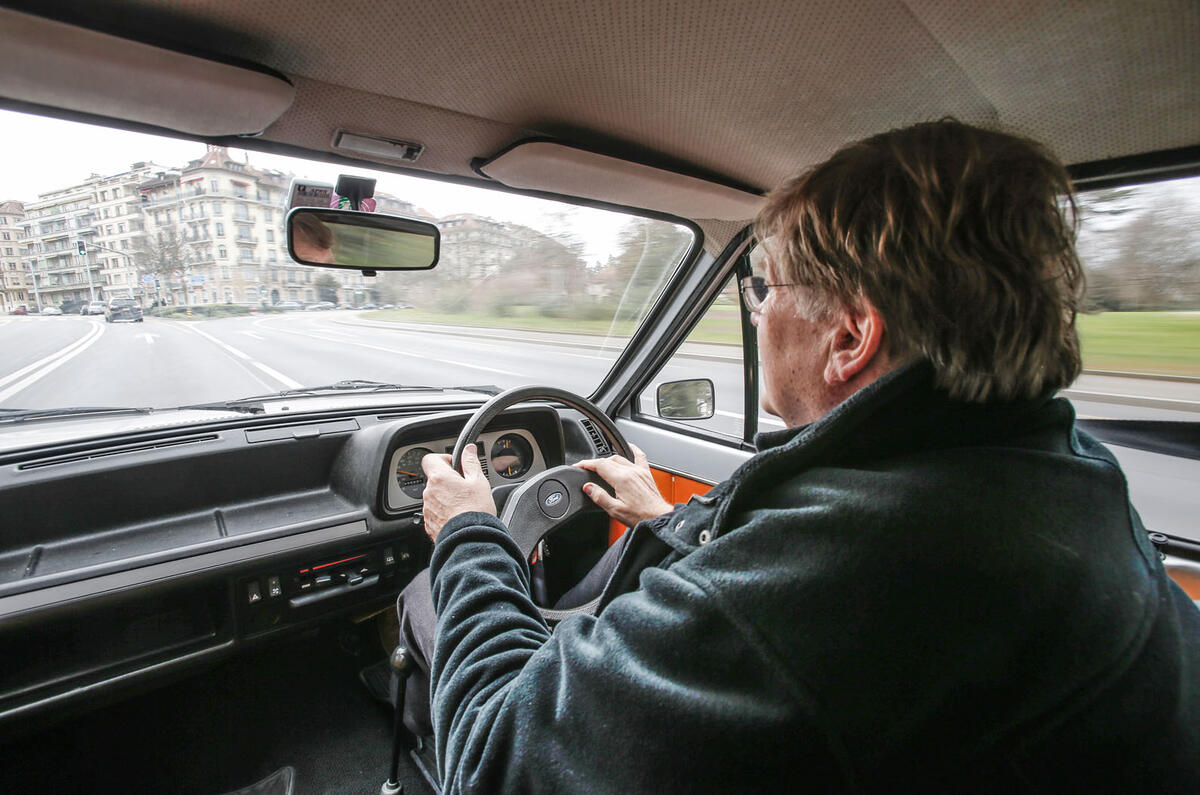
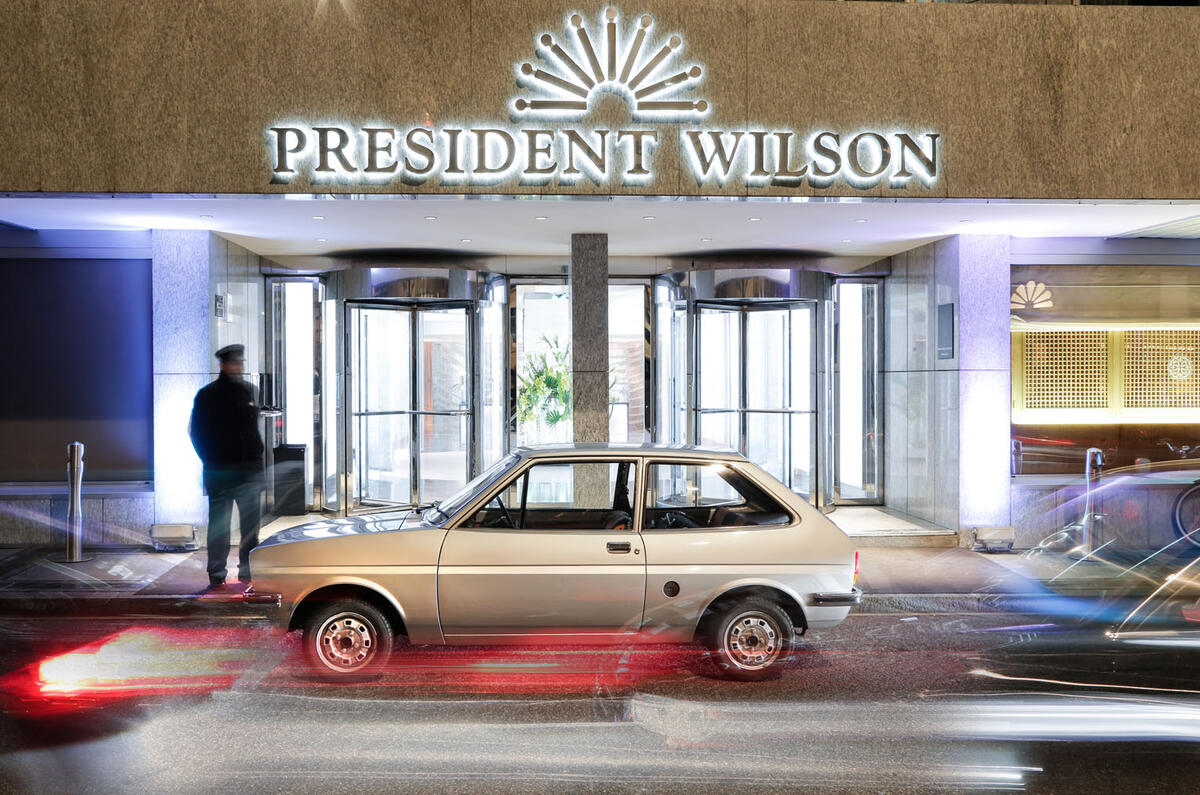
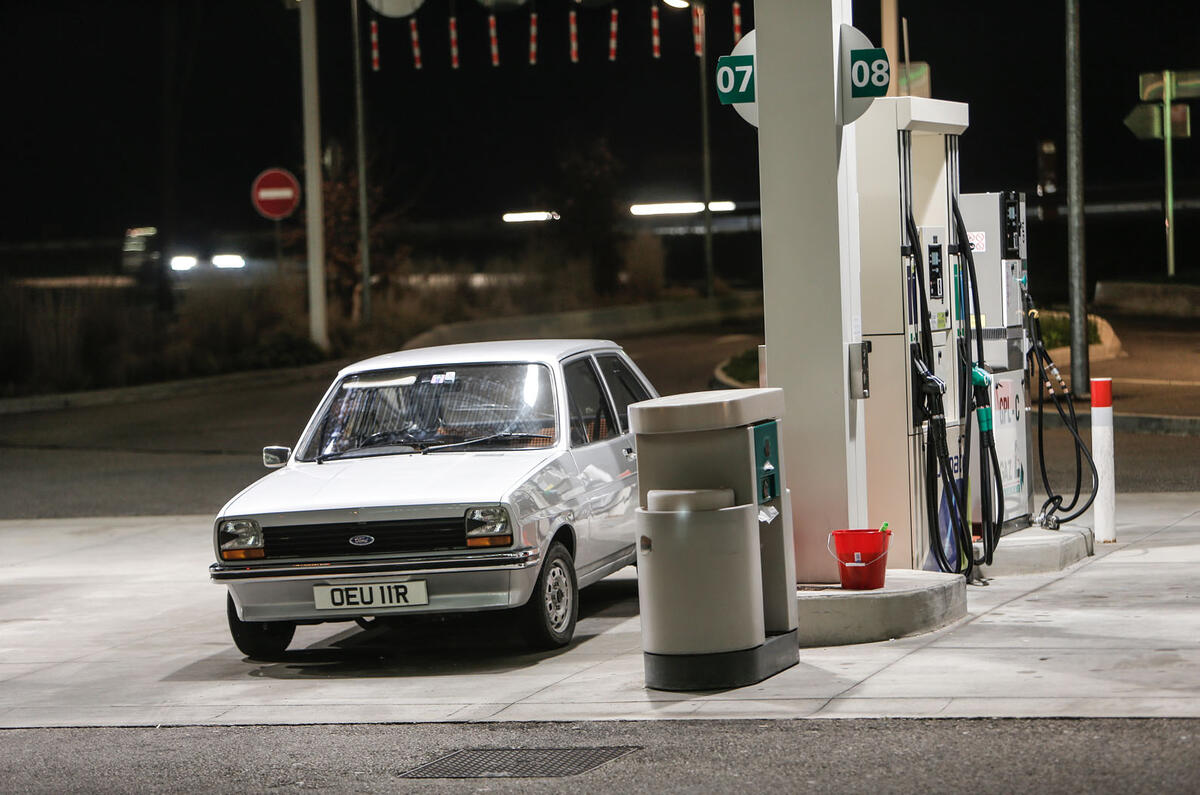
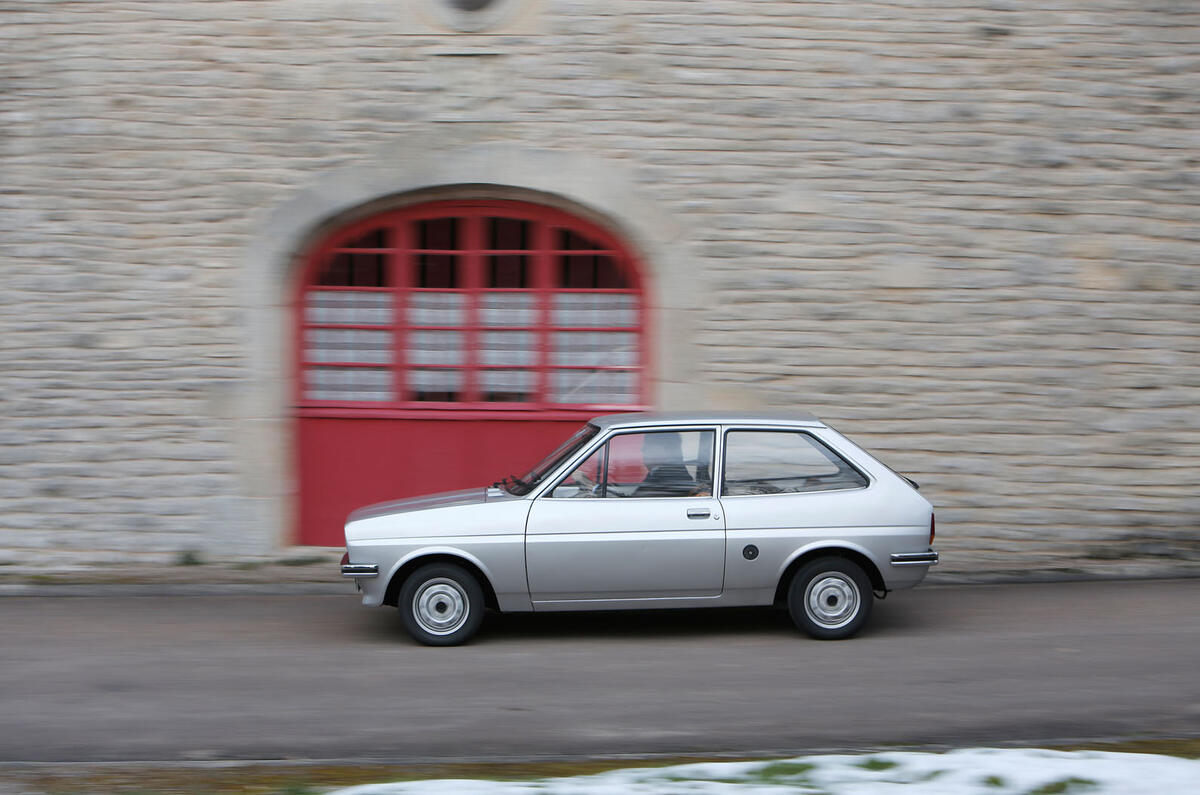
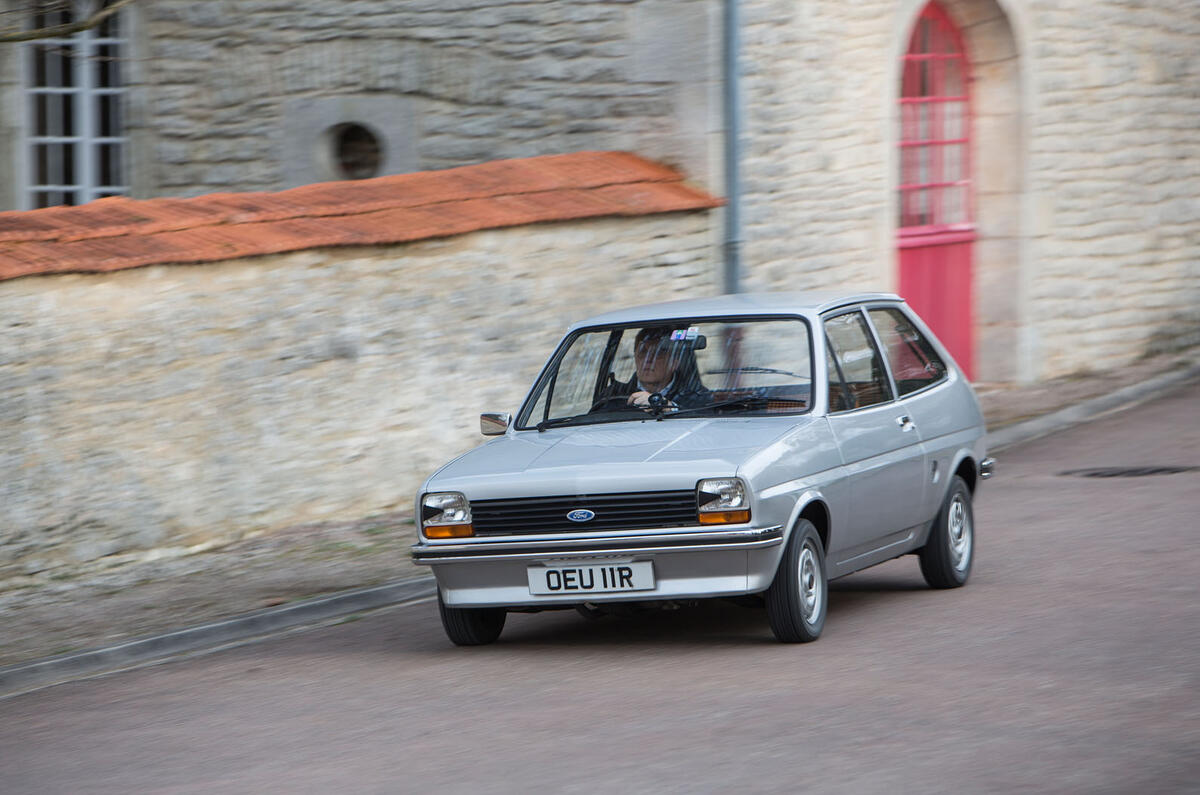
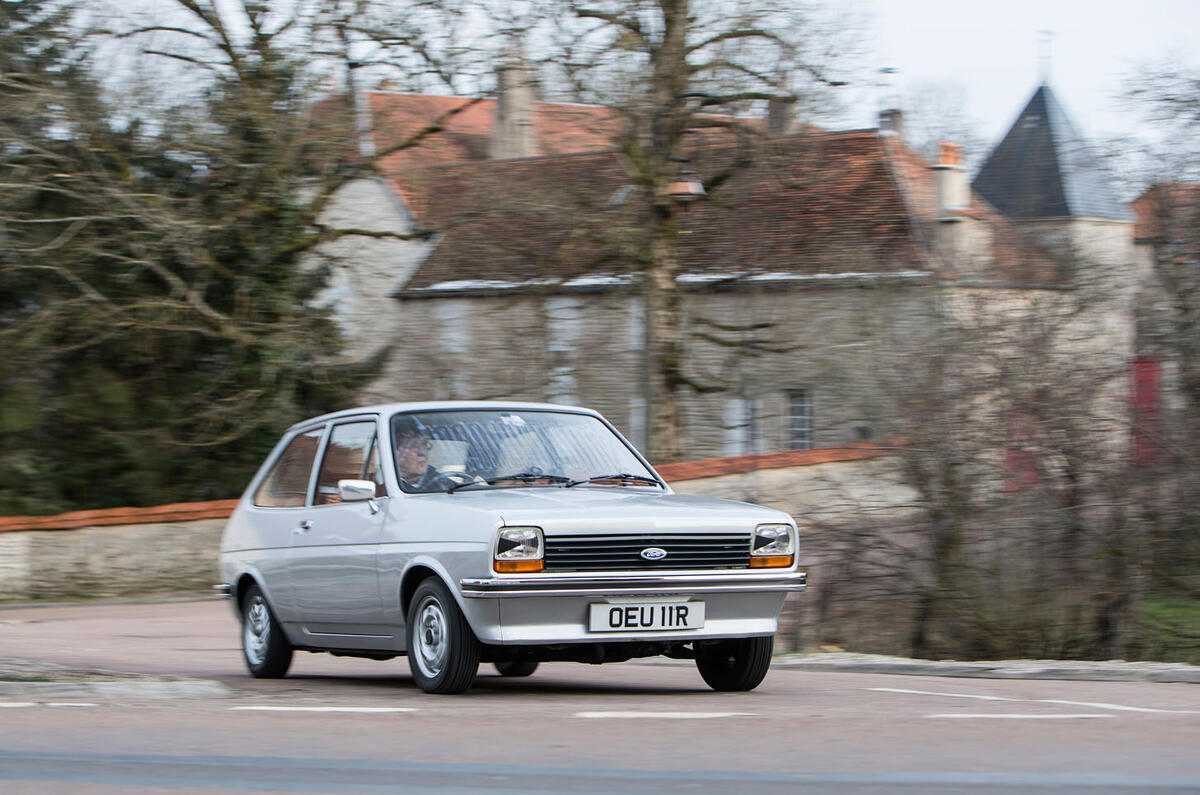
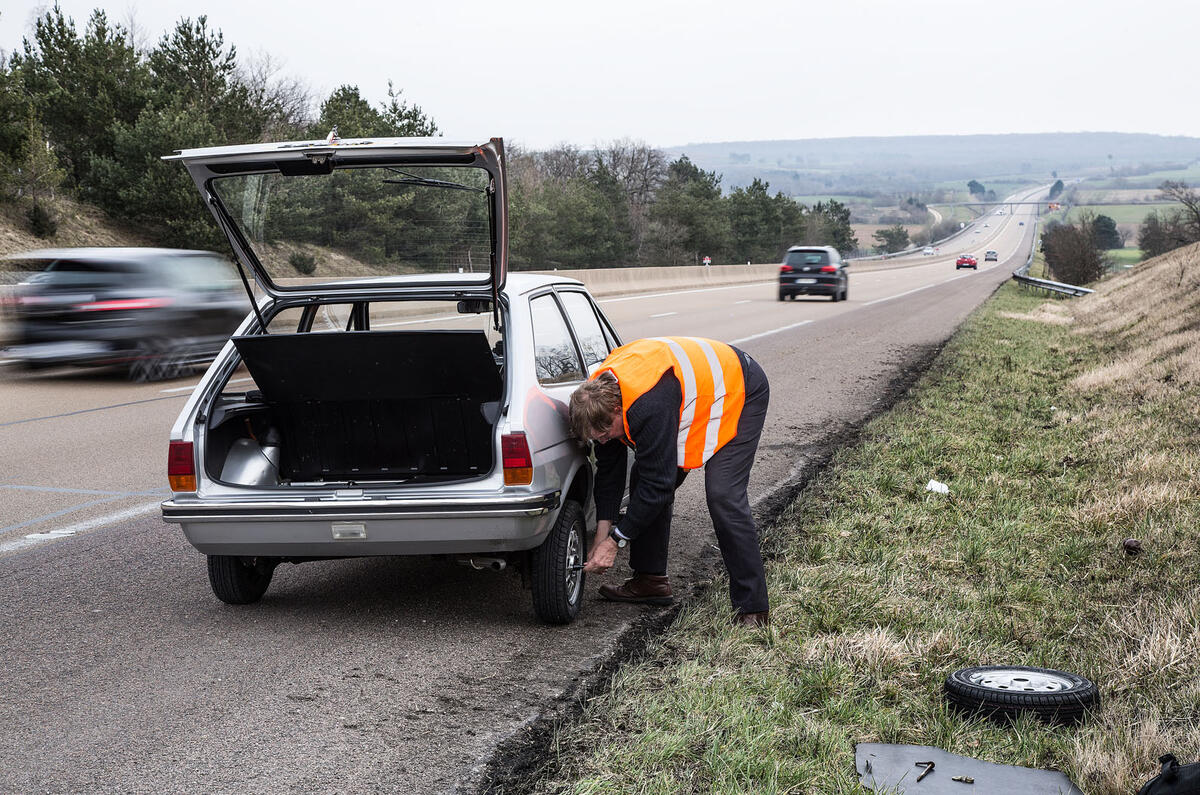
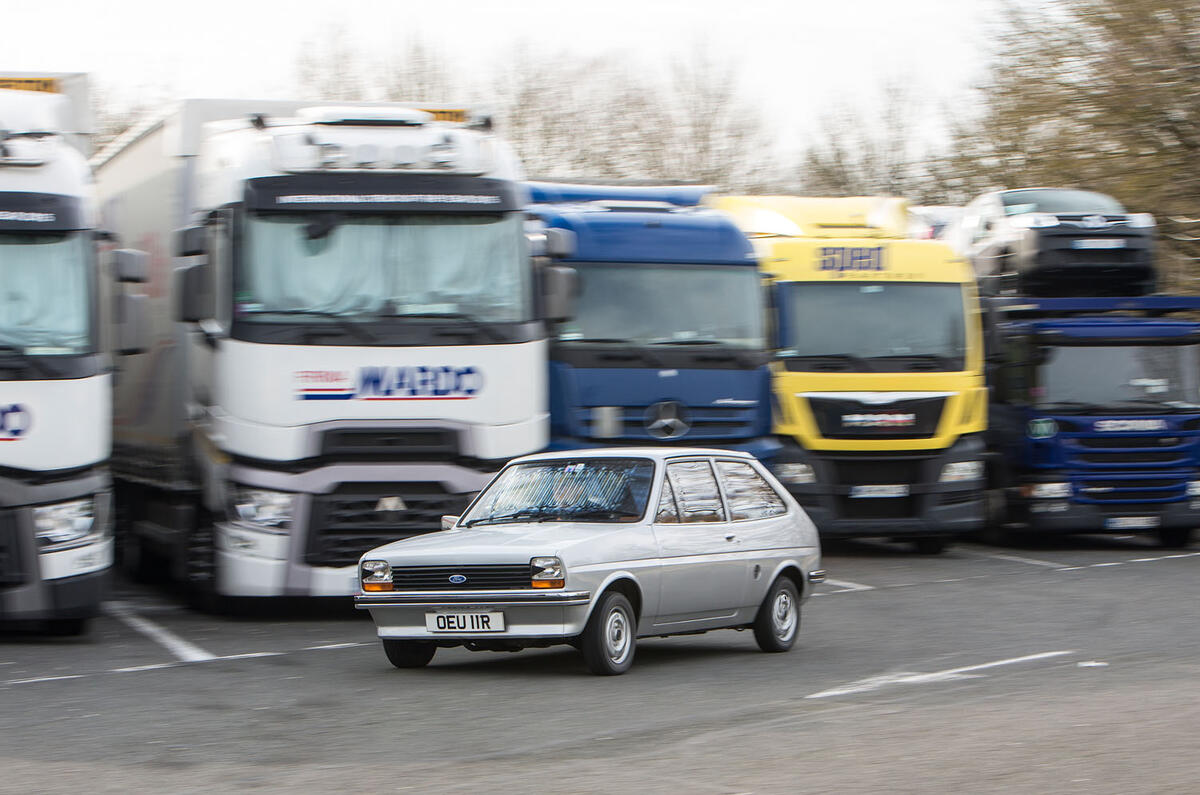
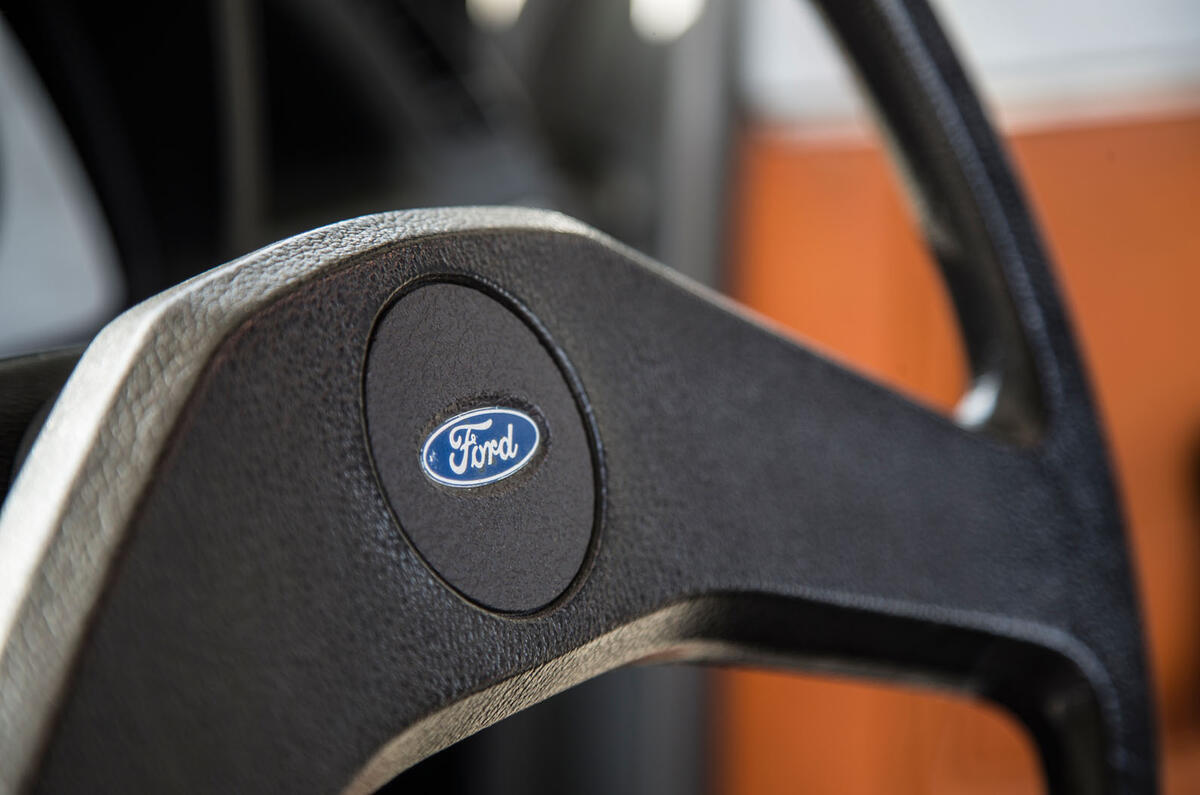
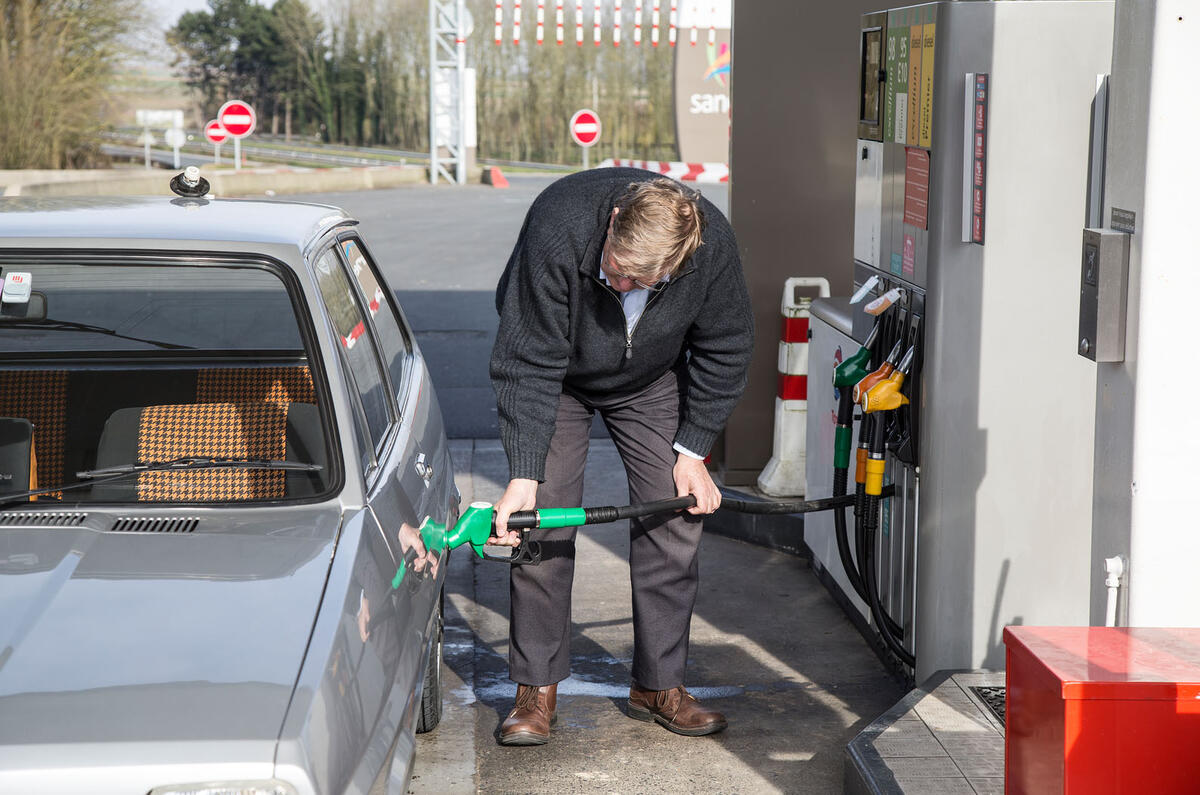

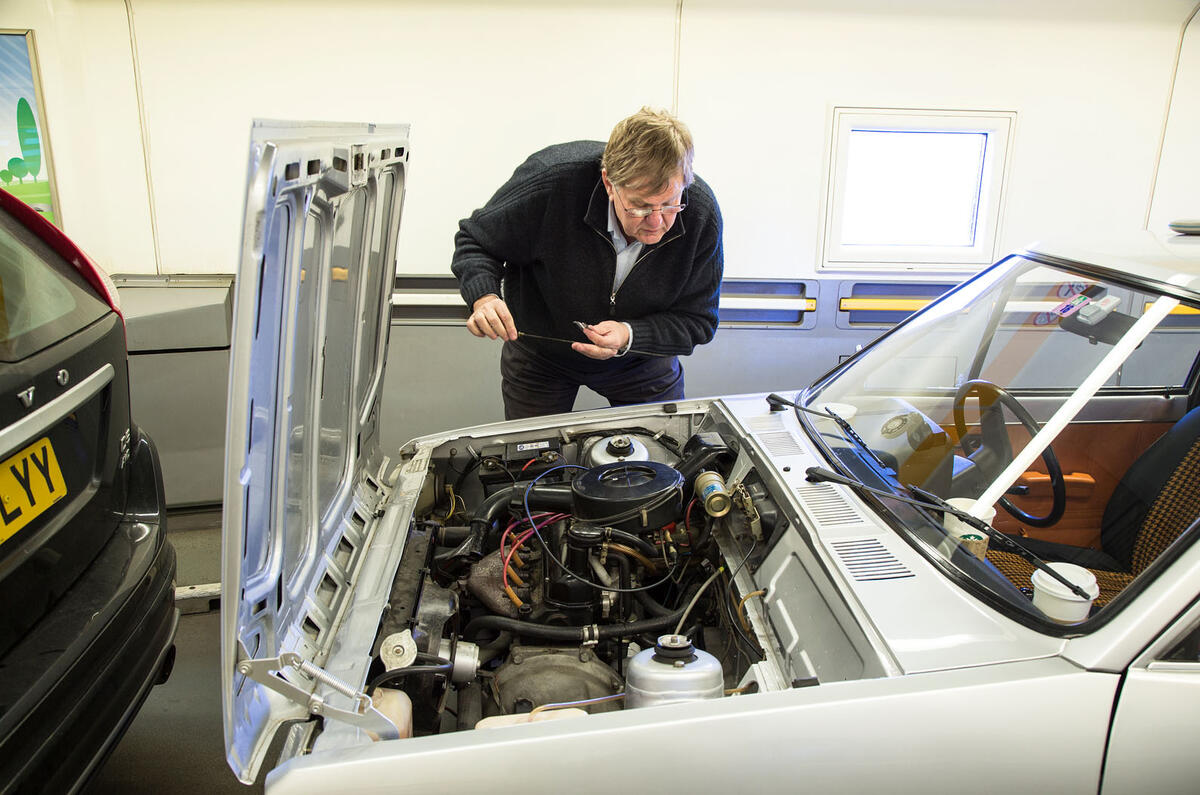
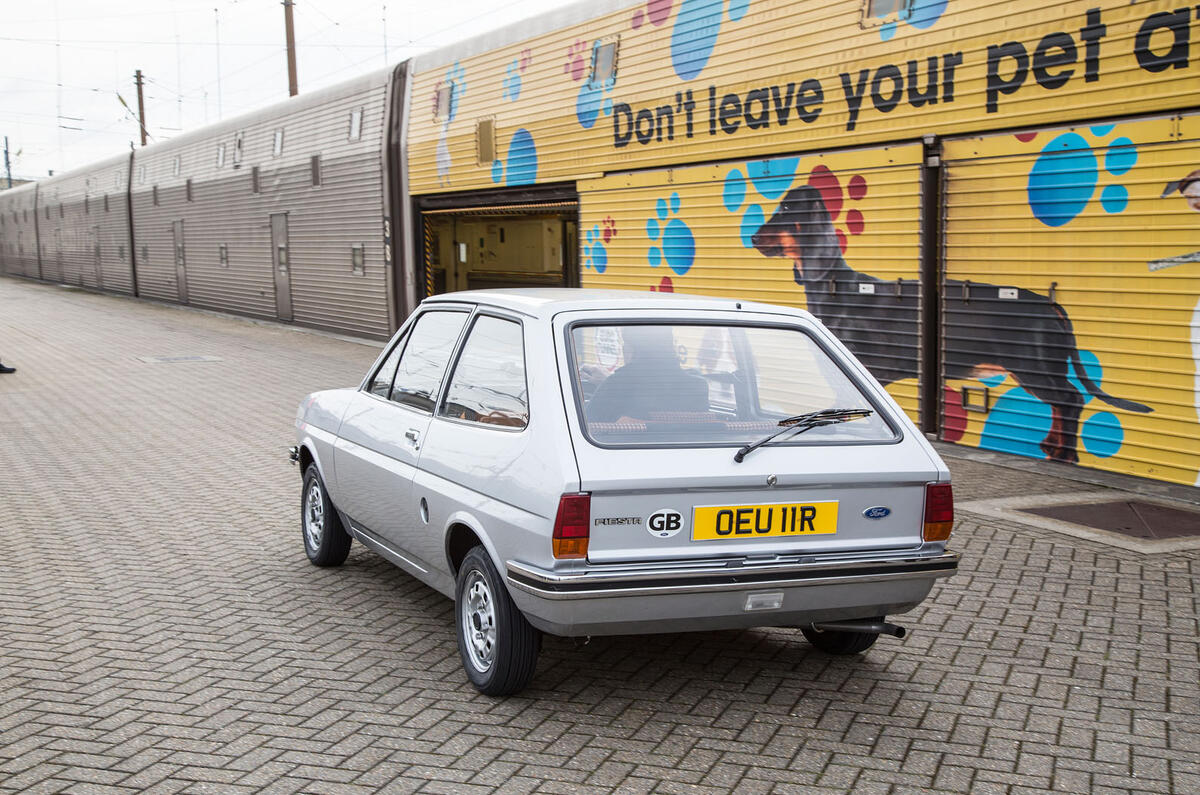
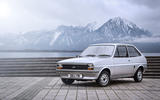
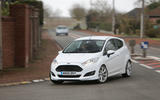
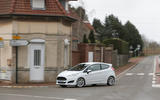
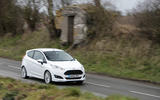
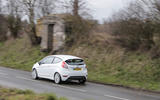
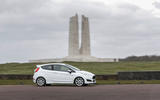
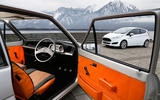
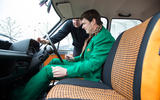
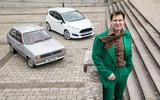
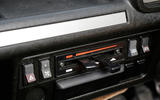
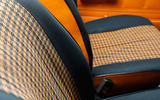
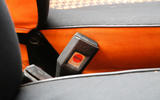
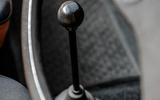
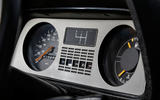
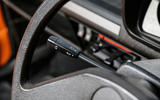

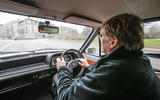
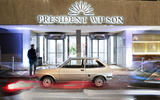
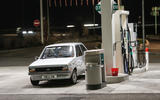
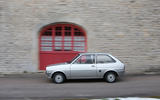
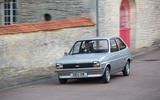
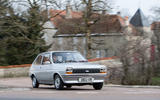
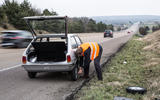
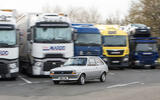
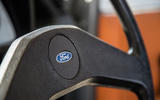
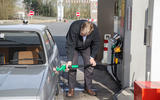
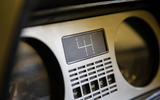
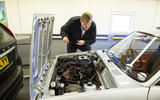
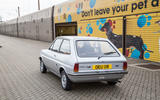






Join the debate
Add your comment
Simplicity
For me it would be interesting to compare this car with its modern spiritual successor, not from Ford but from Dacia.
UK Motoring press hated it!
UK Motoring press hated it!